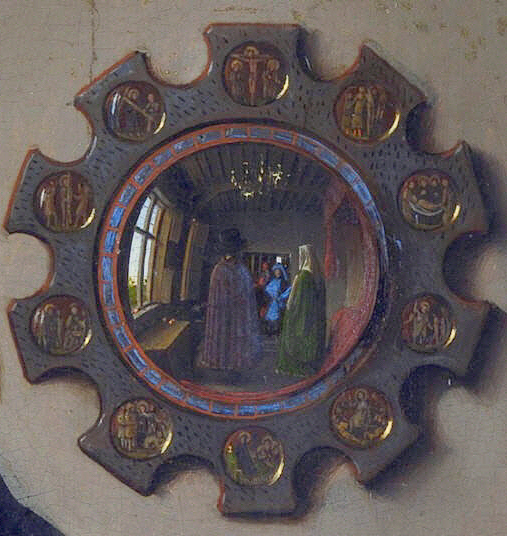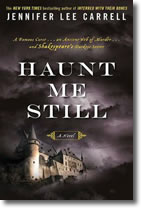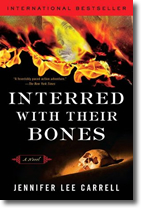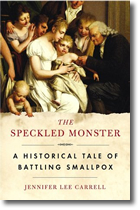Detail from The Arnolfini Wedding
By Jan Van Eyck (1434)
The National Gallery, London
From photo by petrus.agricola on flickr
On the back wall of Van Eyck’s painted room, a mirror floats dead-center between the man and the woman, almost as if the painting’s true subject is not the couple, but this circle of glimmering light.
In the mirror’s reflection, you can see the backs of the bride and groom, and beyond them, into the area outside the painting: the area that once, in 1434, occupied the space where you, the viewer, now stand. In an open doorway crowd two tiny men, one in blue and, behind him, a companion in red. Is one of them Van Eyck? If so, he is not painting, but watching. Witnessing.
Witnessing what? For the painter was a professional witness of sorts: in addition to being a renowned artist, he was a highly paid spy.
Jan Van Eyck was a rare genius, one of the great artists of his or any age, a painter whose gift for creating illusions of reality and scintillations of light fundamentally shaped European art for five hundred years, but there is very little that we know with any certainty about the man. There are, however, many tantalizing hints and possibilities. Like his masterpieces, the painter is a novelist’s dream.








